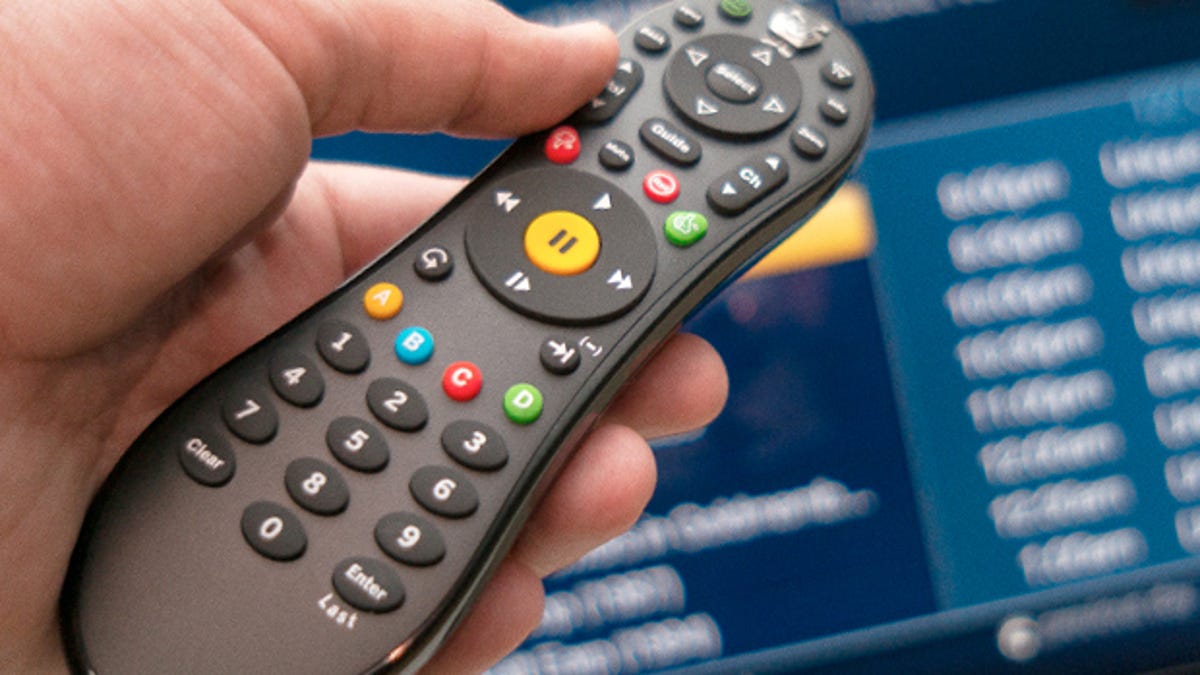TiVo, Roku, and Sling: Catching up with modern-day TV pioneers
The three services broke ground and helped changed the way we watch TV. At CES 2014, they showed that they're still going strong.

Time-shifting, streaming, and place-shifting have become a part of the modern television experience. All were pioneered by retail electronics products -- TiVo and the DVR in 1999, the Slingbox in 2005, and the Roku TV streamer in 2008. Over the past few years, we've seen televisions pile on and refine video features and the rise of cloud video services such as Aereo. But the three video pioneers are not just alive, they're expanding their businesses with new features and devices.
While video recording had ample precedent in the VCR, TiVo's hard drive-equipped box, with the black, antennae-equipped mascot, paved the way for emancipation from the grid. Over the years, TiVo has had its ups and downs as it has added more capacity and more tuners, and infringed on the turf of later arrivals Roku and Slingbox by streaming a host of video services and allowing access to recordings from outside the home.
At CES, the company announced a move that would take it even further outside its box heritage by supporting recordings in the cloud. However, this will first have to come through cable partners that distribute TiVo devices. The move could enable TiVo users to watch shows after they air without having the foresight to record them first.
Roku, the company named for the Japanese word for six, first offered tube-like streaming audio devices. But a partnership with Netflix paved the way for it to build one of the most comprehensive lineups of on-demand broadband video sources. While a bet on Wii-like motion-controlled games with the Roku 3 didn't pan out too well, the company has grown and expanded its product portfolio despite direct competition with Apple. That's not something a lot of companies can say.
In the early days of its box, Roku didn't vie to be embedded inside TV boxes, as this meant competing against Microsoft and Google. Now, though, it sees an opportunity to bring its lineup of channels to smart TVs from companies that might otherwise be too small to negotiate deals with certain content providers. At CES, the company rolled out partnerships with two TV brands -- HiSense and TCL -- to integrate the Roku experience as their "smart TV" solution.
A star of CES at its 2005 debut, the Slingbox -- which has often come in an odd industrial design -- did the opposite of what most streaming boxes do. Rather than deliver Internet video to your television, it delivered your TV programming to the Internet so that it could be viewed on a remote laptop. Sling Media was sold long ago to the company that makes set-top boxes for Dish Network and has become integrated into the satellite provider's powerful Hopper multiroom DVR. While it once sought its own TV receiver boxes for sending video from one TV to another, it is now pursuing that functionality via Roku and Apple TV; a Chromecast option likely isn't too far behind.
At CES 2014, the company showed off a native Windows 8 client as well as integration with set-top boxes from Arris, which has integrated it with software acquired from one-time TiVo competitor Moxi. While many cable providers already have their own TV Everywhere strategies that involve streaming directly from servers in the cloud and not a local box, Arris argues that Sling functionality is complementary, since it can provide an alternative for content options for which the provider has not secured streaming rights.All three companies have seen distribution expand beyond their initial retail box forays and their functionality grow over the years -- sometimes into the turf of one another. Still, it is surprising how closely these device companies have stayed to their initial competencies over the years. While not everyone has a TiVo, Slingbox, or Roku, the functionality at their core permeates an even greater TV experience.

